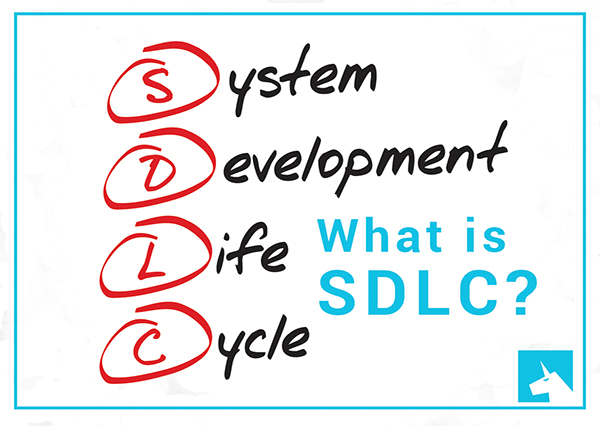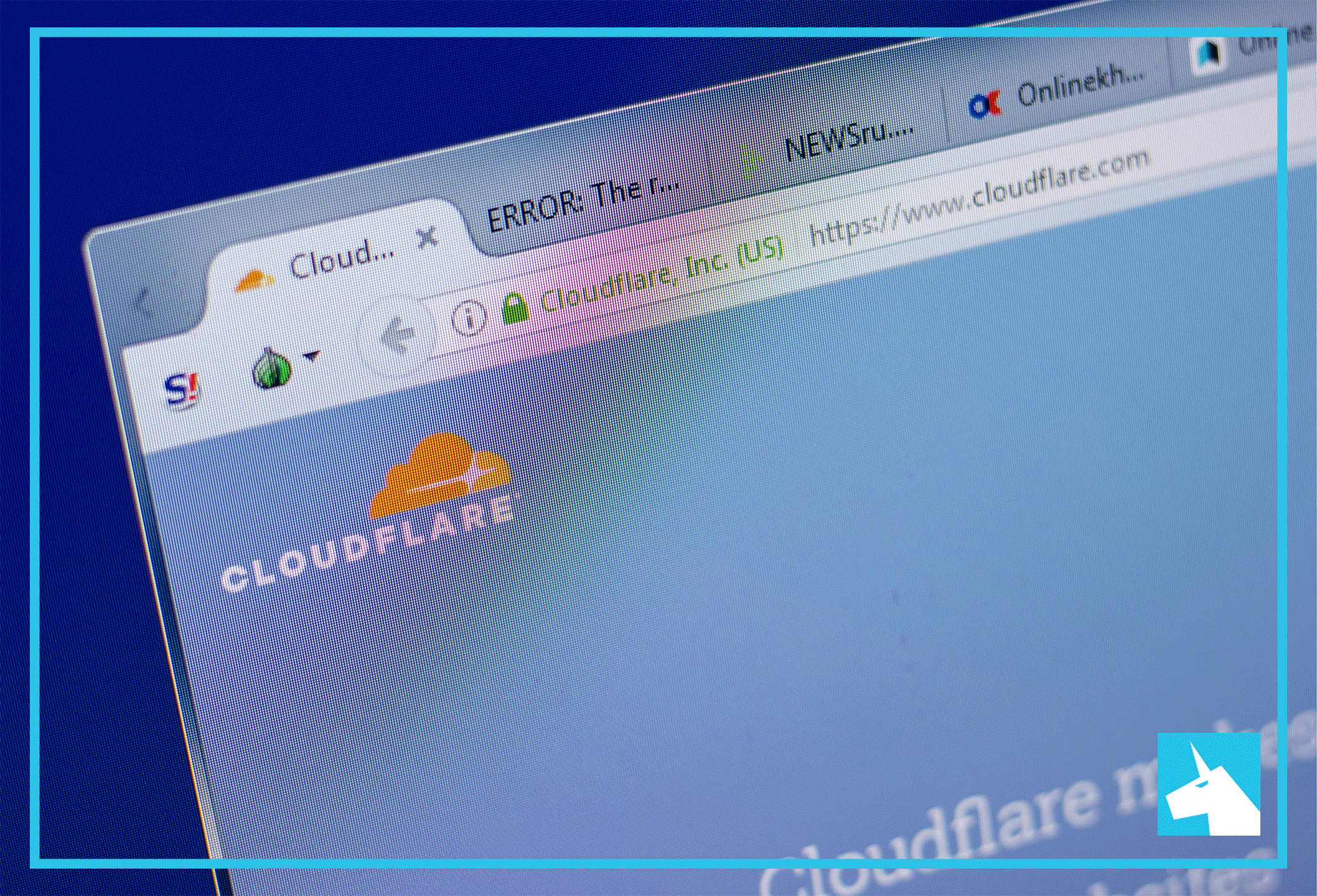Software development life cycle is also known as SDLC is a concept commonly used in project management to describe the stages and task involved in each step of writing and deploying software.
So in total there are 6 cycles for software development life cycle which is Planning, System Analysis and Requirements, System Design, Implementation and Deployment, Integration and Testing and implementation, and Operation and Maintenance.
1.Planning
Planning is the first phase of the system development process. It identifies whether or not that there is a need for a new system to achieve business strategic objectives. So, this will be a preliminary plan for a company business initiative. Just so that it will only acquire the necessary resources to build or modify the infrastructure.
2.System Analysis and Requirements
Following, this will be the 2nd phase where the business will work on the source of their problem or the need for a change. In the event of a problem where possible solutions are submitted and analyzed to identify the best fit for the ultimate goal of the project.
The 2nd phase can use these listed business tool:
- CASE( Computer Aided System/Software Engineering)
- Requirements gathering
- Structured analysis
3. System Design
In the 3rd phase, describe everything in detail. These include the necessary specifications, features, and operation that will satisfy the functional requirements of the proposed system. In fact, this is the step where end-users will discuss and determine their specific business information needs for the proposed system.
4.Implementation And Deployment
Following, the 4th phase comes after a complete understanding of system requirements and specifications. In summary, this is the actual construction process after having a complete and illustrated design for the requested system.
5.System Testing And Integration
In the 5th phase, is where they bring different components and subsystems together. Just to create the whole integrated system, and introducing the system to different inputs to obtain and analyze its outputs and behavior and the way it functions. And certainly, testing is becoming more and more important to ensure customer satisfaction and it requires no knowledge in coding and hardware configuration and design.
6.System Maintenance
In this last phase, periodic maintenance for the system will be carried out. This is to make sure that the system won’t become obsolete. This include replacing the old hardware and continuously evaluating system’s performance. Not only that, it also includes providing latest updates for certain components to make it meet the right standard for the latest technologies.
For more blogs post, please visit here.





